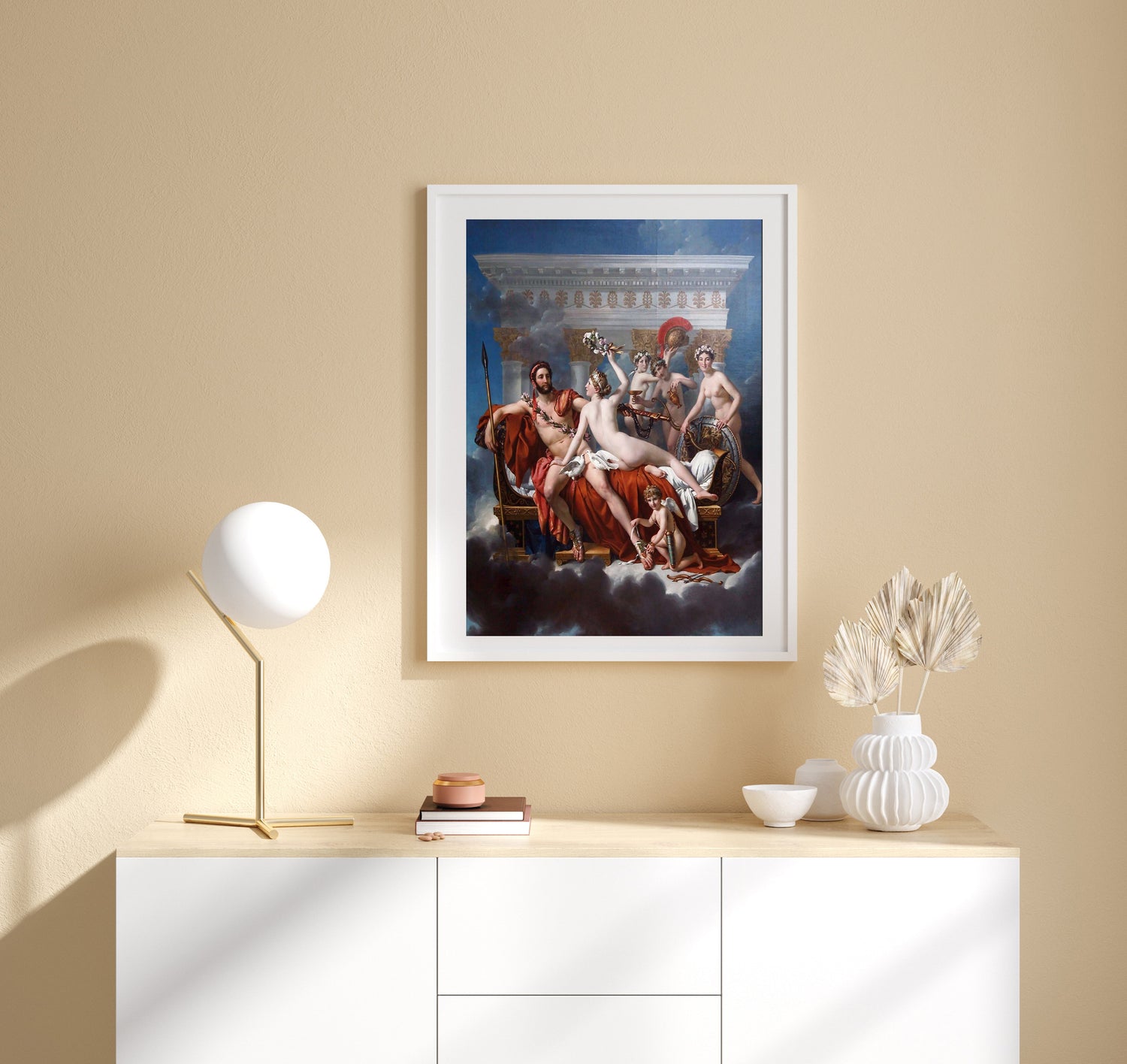Neoclassicism: A Revival of Classical Ideals
Neoclassicism, emerging in the mid-18th century, represents a cultural, artistic, and intellectual movement that sought to revive the principles and aesthetics of classical antiquity. It was a response to the excesses of the preceding Rococo style and was characterized by an emphasis on simplicity, symmetry, and a sense of order inspired by the art and architecture of ancient Greece and Rome.



